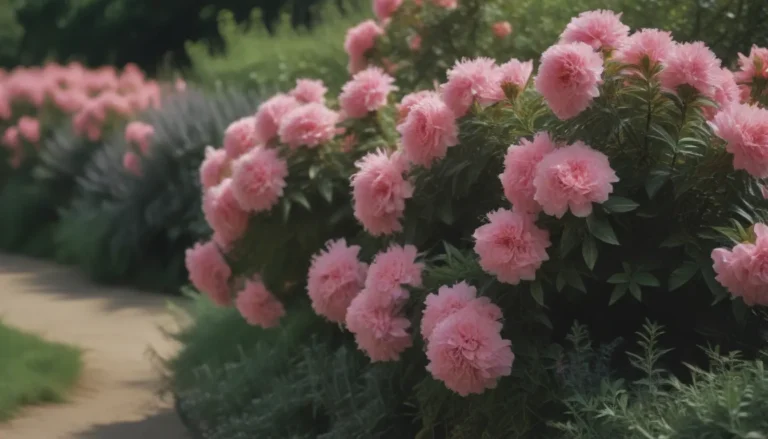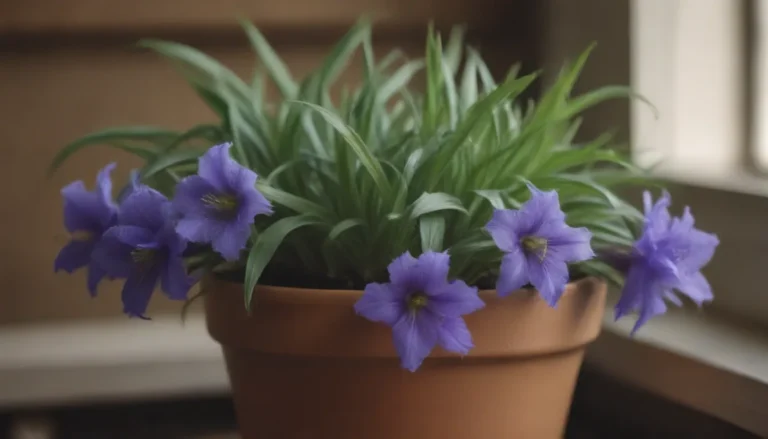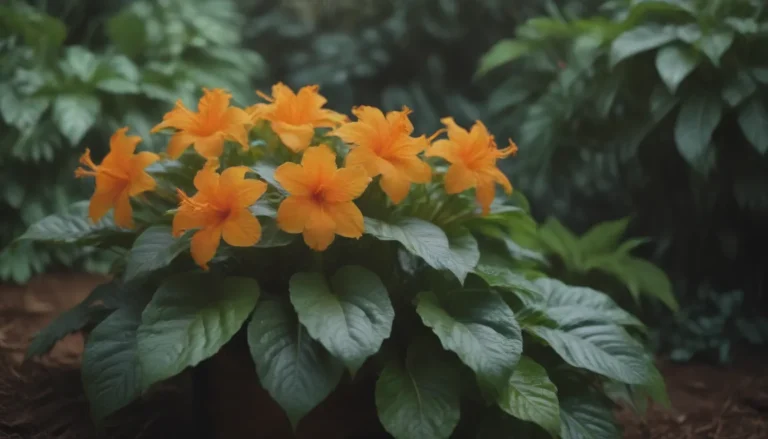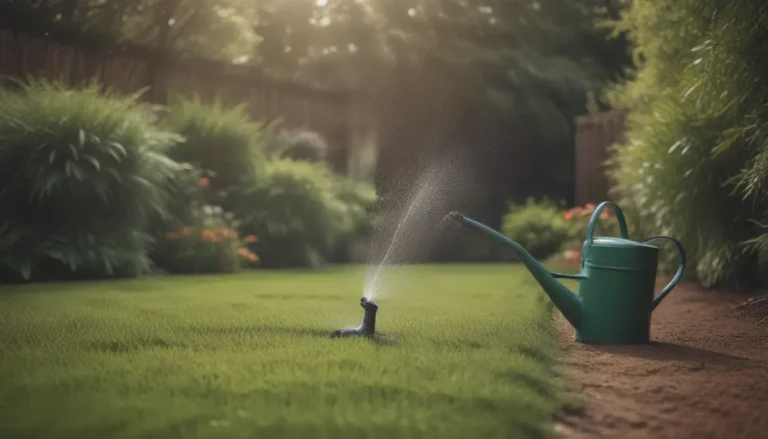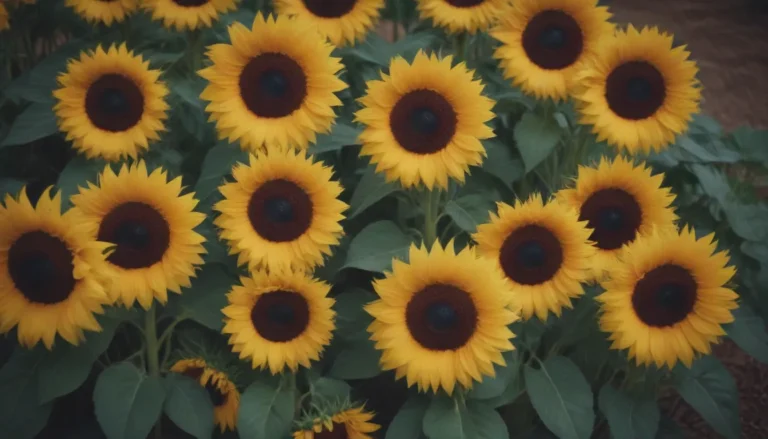A Comprehensive Guide on When and How to Fertilize Bulbs That Bloom in Spring
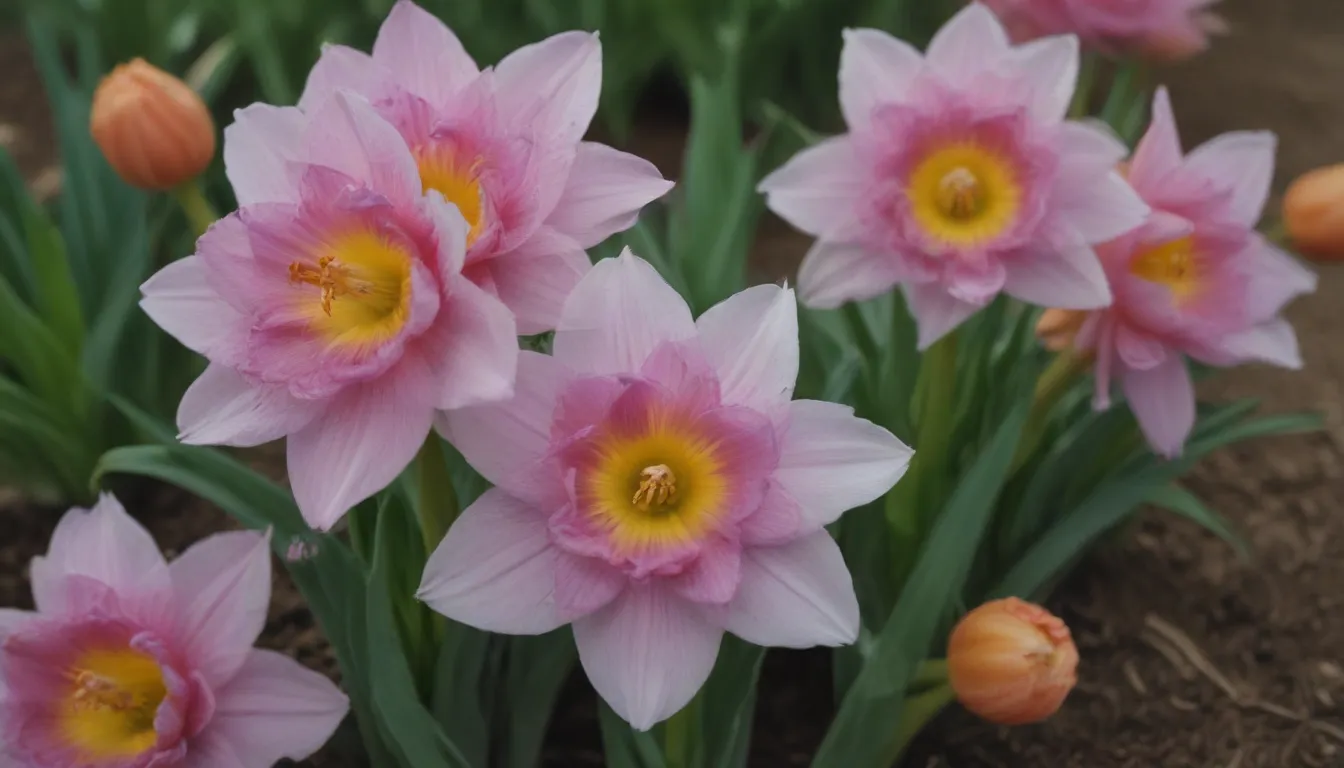
Bulbs are a delightful addition to any garden, bringing vibrant colors and fragrant scents to your outdoor space. While planting these spring-blooming bulbs is a straightforward process, many gardeners may wonder about the best practices for fertilizing them to ensure healthy growth and abundant blooms.
In this detailed guide, we will explore everything you need to know about fertilizing spring-blooming bulbs, including when to fertilize, what type of fertilizer to use, and essential tips for maintaining their health and vitality. So, grab your gardening gloves and let’s dive in!
Understanding the Basics of Fertilizing Spring-Blooming Bulbs
When you plant spring-blooming bulbs in the fall, it’s essential to provide them with the necessary nutrients to support their growth and development. While the bulbs store energy and food for the following year’s blooms, they still require supplemental fertilization to thrive.
Here are some key points to keep in mind when fertilizing spring-blooming bulbs:
- Newly Planted Bulbs:
- Feed newly planted bulbs with a balanced fertilizer and bonemeal high in phosphorous to encourage root development.
- Consider using fertilizers specifically formulated for bulbs, such as those containing superphosphate or bonemeal.
- Ensure that phosphorous is incorporated into the soil before planting to maximize its effectiveness.
Do I Need to Fertilize Every Type of Spring-Blooming Bulb?
Not all spring-blooming bulbs require the same level of fertilization. If you plan to maintain bulbs in a planting bed for more than one year, additional fertilization is recommended to support their long-term growth.
- Long-Term Maintenance:
- Bulbs that will be left undisturbed in the soil for multiple seasons benefit from regular fertilization to replenish their energy reserves.
- Avoid pruning or removing foliage in the spring, as this is how bulbs absorb nutrients and store energy for future blooms.
- Leave flower stalks on naturalizing bulbs to allow them to set seed and expand over time.
When to Fertilize Established Spring-Blooming Bulbs
Established bulbs require consistent fertilization to maintain their health and vigor. In the fall, feed your bulbs with a mixture of soluble fertilizer and bonemeal, ensuring proper coverage and incorporation into the soil.
- Fall Feeding:
- Mix soluble fertilizer and bonemeal to create a nutrient-rich blend for established bulbs.
- Apply the fertilizer mixture before winter mulch is added to the soil.
- Repeat the fertilization process in the spring as soon as the first shoots emerge from the ground.
Essential Tips for Fertilizing Spring-Blooming Bulbs
Maintaining a healthy soil pH and providing adequate nutrients are crucial for the optimal growth of spring-blooming bulbs. Here are some essential tips to help you fertilize your bulbs effectively:
- Soil pH:
- Most spring-blooming bulbs prefer a soil pH between 6.0 and 7.0 for optimal nutrient absorption.
- Test your soil regularly and amend it as needed to ensure that your bulbs have access to essential nutrients.
In conclusion, fertilizing spring-blooming bulbs is a vital aspect of maintaining their health and promoting robust growth and blooming. By following the guidelines outlined in this comprehensive guide, you can ensure that your garden is filled with colorful blooms and vibrant energy come springtime.
Remember to observe your bulbs throughout their growth cycle, adjust your fertilization practices as needed, and enjoy the beauty they bring to your outdoor space. Happy gardening!
Source: Bulbs & More. University of Illinois Extension
